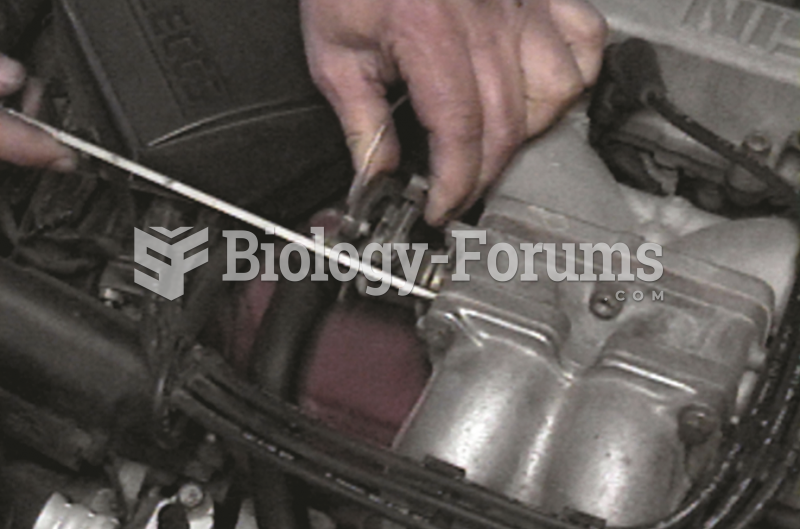Answer to Question 1
Answer: A
Answer to Question 2
Answer:
1. Identify a problem - The decision-making process begins with the existence of a problem or a discrepancy between an existing and a desired state of affairs. However, a discrepancy without pressure to take action becomes a problem that can be postponed.
2. Identify decision criteria - Once the manager has identified a problem that needs attention, the decision criteria important to resolving the problem must be identified. That is, managers must determine what is relevant in making a decision.
3. Allocate weights to the criteria - The decision maker must weigh the items in order to give them the correct priority in the decision. A simple approach of doing this is to give the most important criterion a weight of 10 and then assign weights to the rest against that standard.
4. Develop alternatives - The fourth step requires the decision maker to list the viable alternatives that could resolve the problem. No attempt is made in this step to evaluate the alternative, only to list them.
5. Analyze alternatives - Once the alternatives have been identified, the decision maker must critically analyze each one. From this comparison, the strengths and weaknesses of each alternative become evident.
6. Select an alternative - The sixth step involves choosing the best alternative from among those considered.
7. Implement the alternative - Implementation involves conveying the decision to those affected by it and getting their commitment to it. If the people who must carry out a decision participate in the process, they are more likely to enthusiastically support the outcome than if they are just told what to do.
8. Evaluate decision effectiveness - The last step in the decision-making process involves appraising the outcome of the decision to see if the problem has been resolved. If the desired result has not been achieved, the manager may consider returning to a previous step or may even consider starting the whole decision process over.







